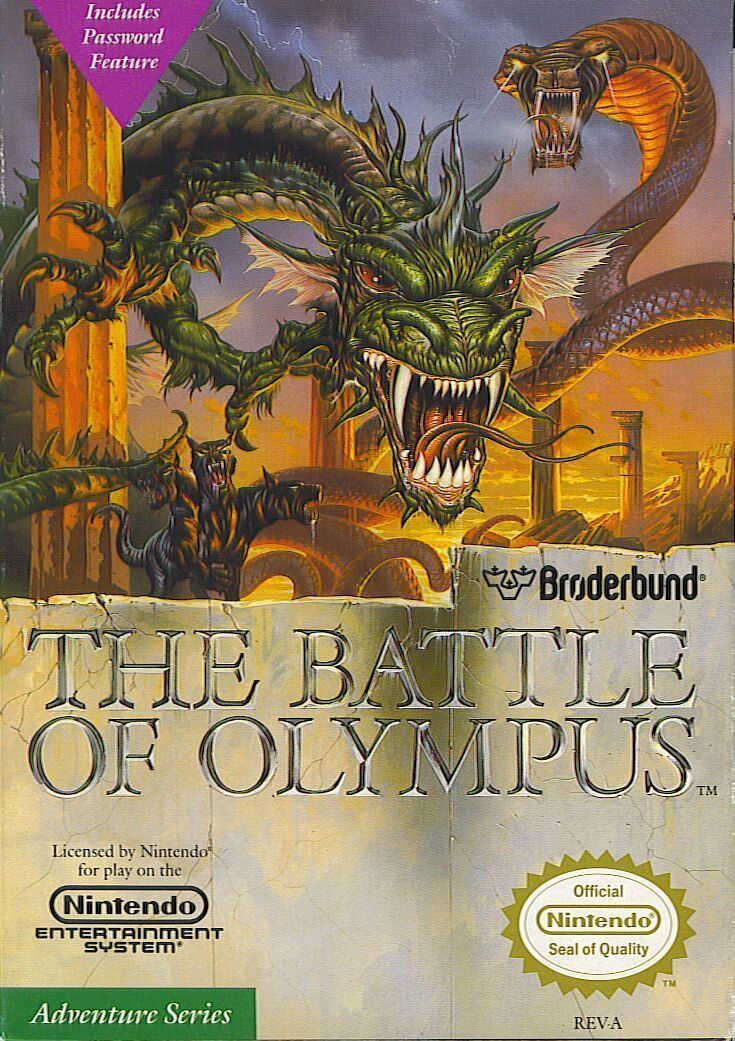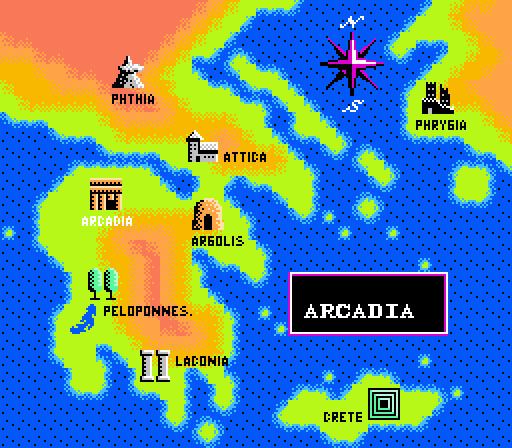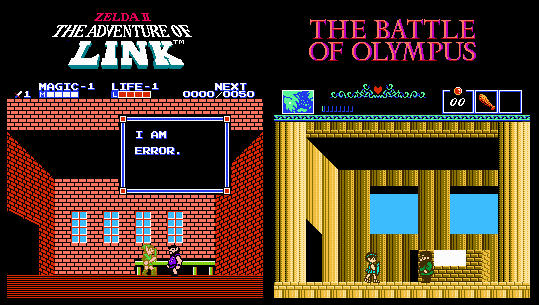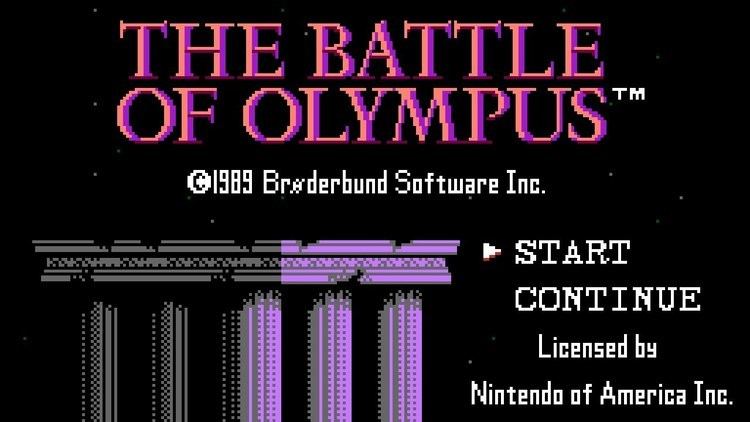Designer(s) Yukio Horimoto Artist(s) Reiko Oshida Composer(s) Kazuo Sawa | Programmer(s) Yukio Horimoto Writer(s) Reiko Oshida Initial release date 28 March 1988 | |
 | ||
Similar Brøderbund Software games, Platform games | ||
The battle of olympus nes playthrough nintendocomplete
The Battle of Olympus, originally released in Japan as Olympus no Tatakai (オリュンポスの戦い), is a 1988 side-scrolling historical action-adventure video game for the Nintendo Entertainment System developed by Infinity, and published by Imagineer in Japan, by Brøderbund in North America and by Nintendo in Europe. It was the first game from Infinity, and was designed and programmed by the company's president.
Contents
- The battle of olympus nes playthrough nintendocomplete
- The battle of olympus nes retro review
- Summary
- Gameplay
- Reception
- References

There's also a 1993 Game Boy port of the same game that was published by Imagineer exclusively for the European market. Despite its strong resemblance to the NES original, Infinity had no involvement in that version and was instead ported by the Canadian developer Radical Entertainment.

The battle of olympus nes retro review
Summary

In many ways similar to the earlier Zelda II: The Adventure of Link, The Battle of Olympus takes place in an ancient Greece which is being terrorized by Hades, the dark ruler of the underworld.

Helene, the girlfriend of Orpheus, is kidnapped by Hades who is holding her captive. A top-down map of Greece shows various dungeons and ancient Greek city-states for the player to visit on his journey. Swords, shields, and crystals help to provide offensive power and defensive strength for the player. Three fragments of love are there to remind Orpheus of his girlfriend Helene. Hades rules his dominion in Tartarus, where his strongest minions live alongside him.

During his adventure, Orpheus needs to meet the Greek gods and gain their favor, starting with Zeus, the leader of the Olympian gods, who encourages the other gods to grant Orpheus powers. These powers are in the form of a weapon, a shield, and other special equipment, among them a harp, which summons Pegasus to carry Orpheus to far locations. As the game progresses, players are exposed to various forms of upgraded weaponry. The player starts off with a basic wooden club. The player later obtains items such as the Staff of Fennel (also known as a thyrsus, which is able to project a fireball), Nymph's Sword, and the Divine Sword (able to project a lightning bolt).

The game features encounters with mythological creatures such as the Taurus, Lamia, Cyclops, Centaur, Talos, Minotaur, Medusa, Cerberus, Stymphalian Birds, Nemean Lion, and also a Siren. Players must fight their way deep into the underworld, fight and defeat Hades, and finally save Helene. Several items depicted in the Greek mythology are acquired, such as the Harp of Apollo, the Sword of Hephaestus, the Staff of Prometheus, and the Sandals of Hermes.
Gameplay
The general gameplay basics are borrowed from Zelda II: The Adventure of Link, of which the games both share the same game engine. Primarily a sidescroller with some light platforming, you play as a hero with a sword and shield, while just a handful of secondary items come along later in the game, mostly for the purpose of advancement as you move to new areas. You can find upgrades to your maximum health, protection, and speed. The biggest differences in combat from Zelda II are the lack of the downward stab in midair, and the lack of the sword beam at full health. However, Battle of Olympus does have a sword later in the game that can shoot beams, but doing so actually damages your health if you don't find a certain item.
The Battle of Olympus is somewhat non-linear, in the sense that you sometimes need to backtrack in order to explore new sections of old areas, and there are some optional side quests that can make the game easier in the long run, leading you to a secret item or power-up from one of the gods.
The final battle brings you to the Temple of Hades where you will fight the ruler of the underworld in a two-stage event. The first where you must fight blindly against a shadow reflection, and then the final form of Hades himself.
Reception
The game was a moderate commercial success, being very valued by the public, years (certainly decades) later due its great graphics.
